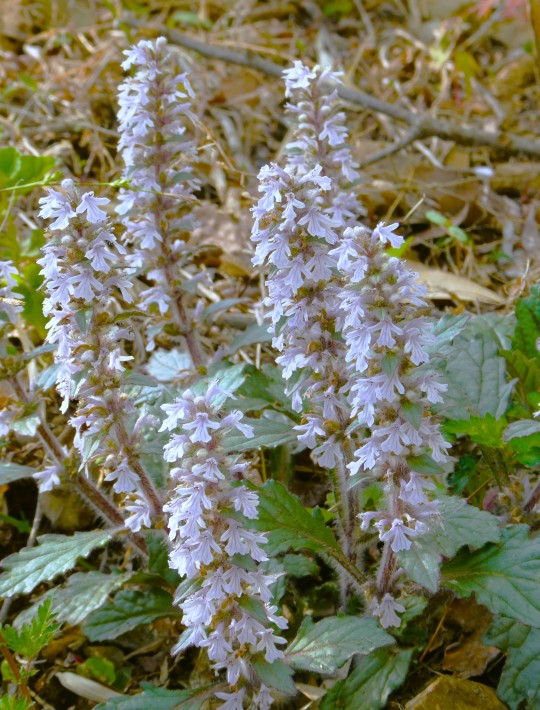#ciliata
Photo

A phase-contrast micrograph of a ciliate (Frontonia sp.) digesting blue-green algae (cyanobacteria).
The cytostome (the "mouth" of the cell) is seen on the right side down.
image: Wiedehopf20 | Wikipedia CC
259 notes
·
View notes
Text







Just when I thought all the old Red Cedar trees had been logged long ago, today we found a remnant one. I guess it survived because of the remoteness and rugged topography. So happy to see such a giant still exists in Gondwana Tea Mountain.
15 notes
·
View notes
Text
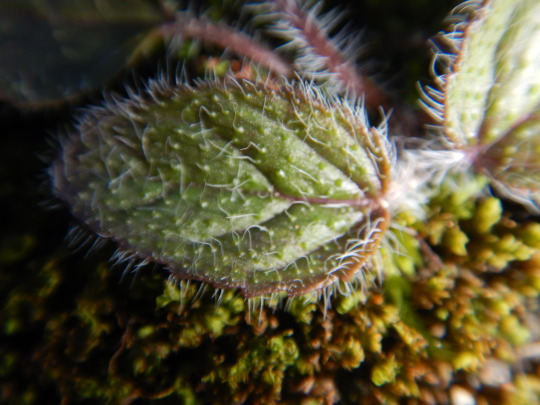
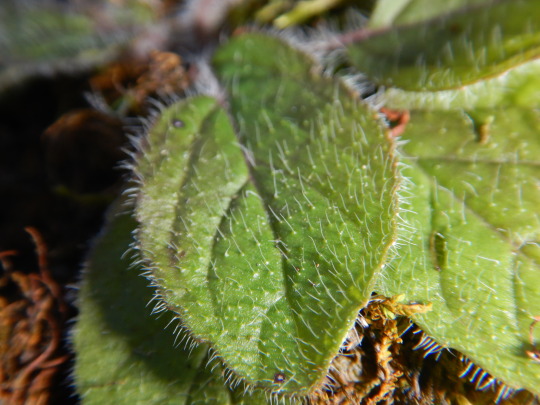





My first time noticing Blephilia ciliata or ciliated horse mint winter basal foliage. I think I never realized how hispid the hairs were on the base nor have I really seen a complete mat before uninterrupted. I think Im just used to seeing the cauline section of the plant which is pubescent and has little hair on the leaves; though, the verticillaster is for sure ciliate. I even doubted this was Blephilia for a second due to what looked like no nodal cauline sections for leaves, aka acauline.
Growing in a shallow moss mat on dolomite and shallow mineral soil cliff side of a cold air ravine. Fort Hill SNP, Gorge Trail, Ohio.
#ohio#botany#wildflowers#plantblr#Iris helped with the id#ecology#forest#plants#mints#blephilia ciliata#blephilia
37 notes
·
View notes
Text

Mertensia ciliata / Mountain Bluebells on the Echo Lake Trail on Mount Blue Sky in Evergreen, CO
#Mertensia ciliata#Mertensia#Boraginaceae#Mountain Bluebells#Bluebells#Native plants#Native flowers#Plants#Flowers#Wildflowers#Alpine plants#Nature photography#photography#photographers on tumblr#Echo lake trail#Echo lake#Mount Blue Sky#Evergreen#Evergreen CO#Evergreen Colorado#Colorado#🌺🌻
11 notes
·
View notes
Text
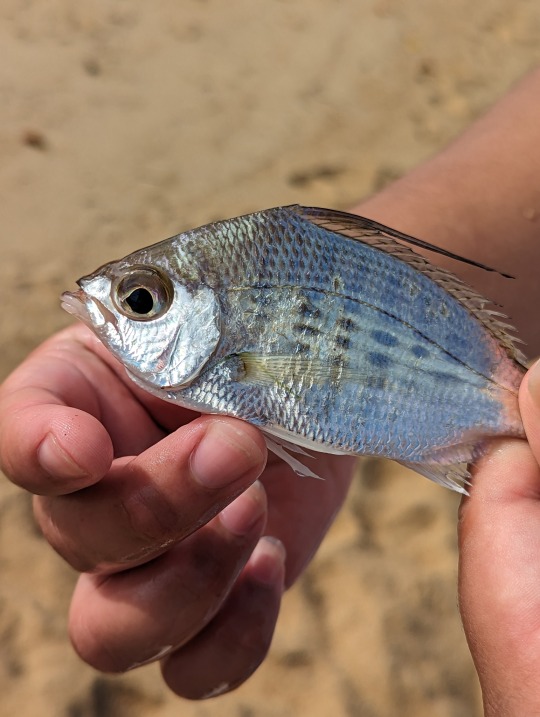

Photos 1-2 - Gerres filamentosus


Photos 3-4 - Herklotsichthys castelnaui


Photos 5-6 - Sillago ciliata
Some fish spotted/caught at low tide.
13/08/23 - Actinopterygii spp.
QLD:WET - Flying Fish Point, low tide sandy bay
#Gerres filamentosus#Threadfin Silverbiddy#Gerreidae#Mojarras#Actinopterygii#Ray-finned Fishes#Vertebrata#Vertebrates#Chordata#Chordates#Herklotsichthys castelnaui#Southern Herring#Clupeiformes#Herrings#Sillago ciliata#Sand Whiting#Whitings#Sillaginidae#fish#fishblr
8 notes
·
View notes
Photo
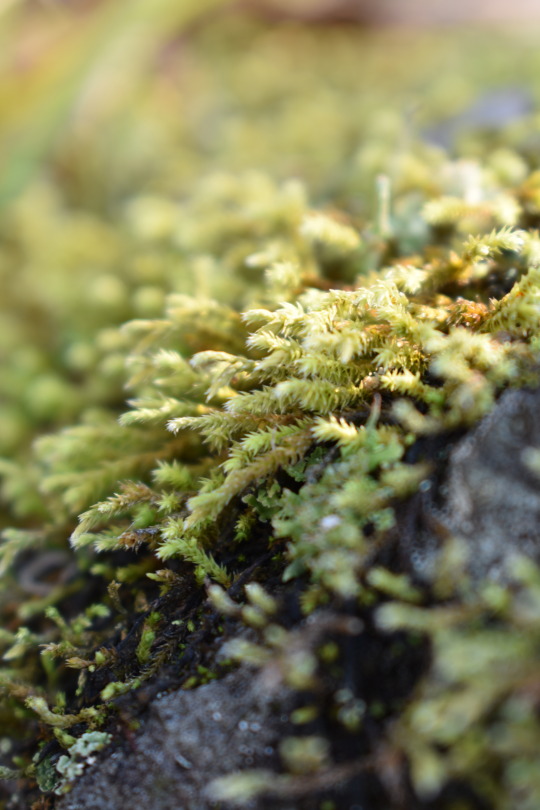

Ciliate Hoarmoss
Hedwigia ciliata
Hedwigiaceae
Photographs taken on October 22, 2022, at Marmora and Lake, Ontario, Canada.
#wildflowers of southern ontario#moss#Ciliate Hoarmoss#Hoarmoss#Hedwigia ciliata#Hedwigiaceae#Hedwigia#Marmora and Lake#Marmora#Ontario#Canada
9 notes
·
View notes
Text


well he's emotionally important to ME
2 notes
·
View notes
Text


Downy Wood Mint - Blephilia ciliata
#I'm growing this because it was extricated from my state and I'm reintroducing what i had#unfortunately i only had 1 survivor#downy wood mint#Blephilia ciliata#native plants of northeastern america#flowers
3 notes
·
View notes
Video
n299_w1150 by Biodiversity Heritage Library
Via Flickr:
Neerland's Plantentuin. v.1. Groningen :J. Wolters,1865-1867. biodiversitylibrary.org/page/35414182
#Botany#Netherlands#Pictorial works#Plants#Ornamental#University#Illinois#Urbana#Champaign#bhl:page=35414182#dc:identifier=http://biodiversitylibrary.org/page/35414182#taxonomy:binomial=Roella ciliata#HSAFlora#Flowers#University of Illinois Urbana Champaign#flickr#roella ciliata#roella#floral drawing#botanical illustration#botanical drawing#floral illustration
1 note
·
View note
Text
mosquito time! Psorophora howardii is an absolutely massive mosquito native to my area. this one was surprisingly calm and I was able to pick her up off a plant stem without her flying. I don’t see these very often, and fortunately have never had one sample my blood

one of two species known as “gallinippers” after the giant mosquitoes of folklore from the American South! the other, P. ciliata, has thick hairy legs making it look even larger
417 notes
·
View notes
Photo

Facepaint eyes enabled for infants (TS4) - Part 3/3
including the very old embarassing ones :D
Browse all my eyes here: LINK
Part 1 here: LINK
Part 2 here: LINK
Individual links:
Splice I Homeostasis I Immortal I Zombie I Vial I Primary
Voltage I Proline I Quinone I Fraction I Lysine I Peruvianum I Cytoplasm I Geneticin I Deer
Lyco I Vacuole I Gamete I Element I Fishy I Isotope I Silencer I Paraspeckle I Vitamin
Wild type I Enhancer I Virus I Demon I Taq I Biotope I Deletion I Vampire I Secondary
Sibyl I Molecule I Allele I Experiment I Sunny V2 I Dextra I Anatomia I Chaos at the beach I Cat
Glycin I Euglena I Murein I Ciliata I Marbly V2 I Vibrio I Reticilum I Marbly I Sunny
Alien I Stargazer I Nighttime I Soulful I Space shine I Shiny shiny I Realistic I Dark demon I Friendly
@sims4ccsthebest @sssvitlanz @emilyccfinds
CC NAVIGATION
CC blog I Main blog
TOU
246 notes
·
View notes
Text
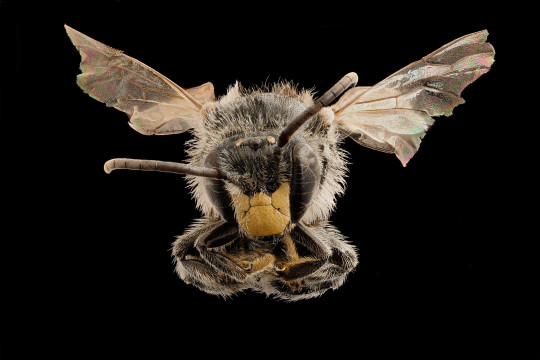
Macropis ciliata - Now rare species that uses the oils of Lysimachia flowers. This male from Bath, Virginia, collected probably by Ellison Orcutt
44 notes
·
View notes
Photo
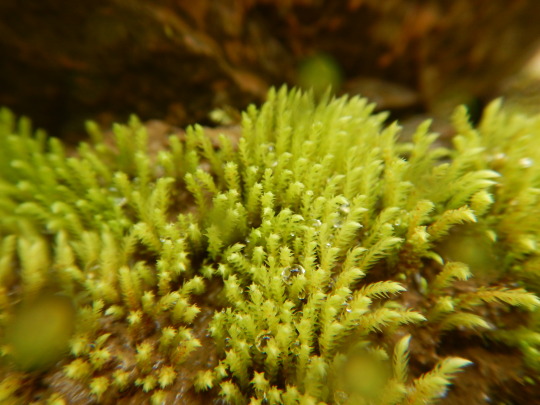
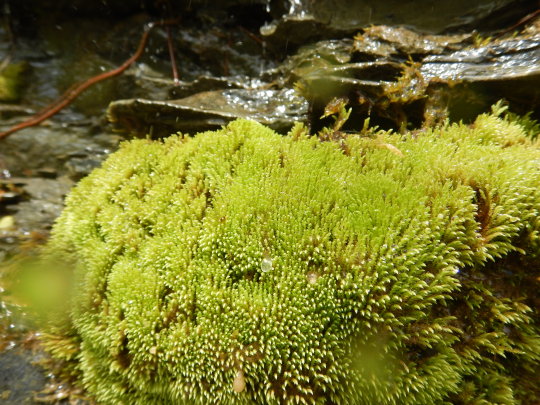

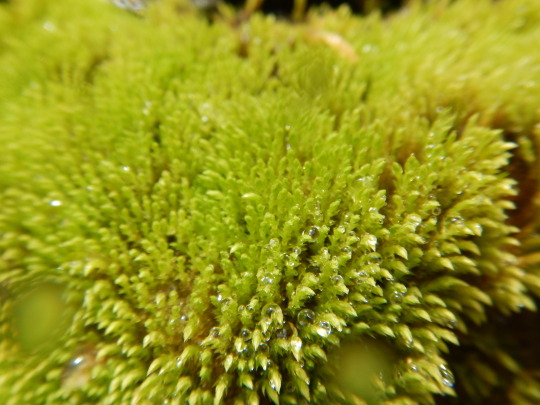
Hedwigia ciliata
The lushest Spray cliff heap of Ciliated hoarmoss i’ve ever seen, RRG KY, on Alkaline Shale.
A species that is associated with epipetric habits (growing on bare rock)
and while this clump is associated with spray habitat they are really good at drying out and still functioning after a long spell.
In more acidic spraycliffs it’s possible to find Drosera rotundifolia in clumps like this.
18 notes
·
View notes
Text

Blephilia ciliata / Downy Woodmint at the Sarah P. Duke Gardens at Duke University in Durham, NC
#Blephilia ciliata#Blephilia#lamiaceae#Downy Woodmint#Downy pagoda plant#Sunny Woodmint#Ohio horsemint#Native plants#Native flowers#Plants#Flowers#Nature photography#photography#photographers on tumblr#Sarah P. Duke Gardens#Duke Gardens#Duke University#Durham#Durham NC#North Carolina#🌺🌻
6 notes
·
View notes
Text
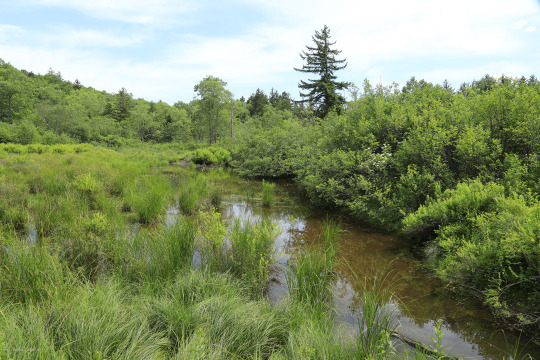

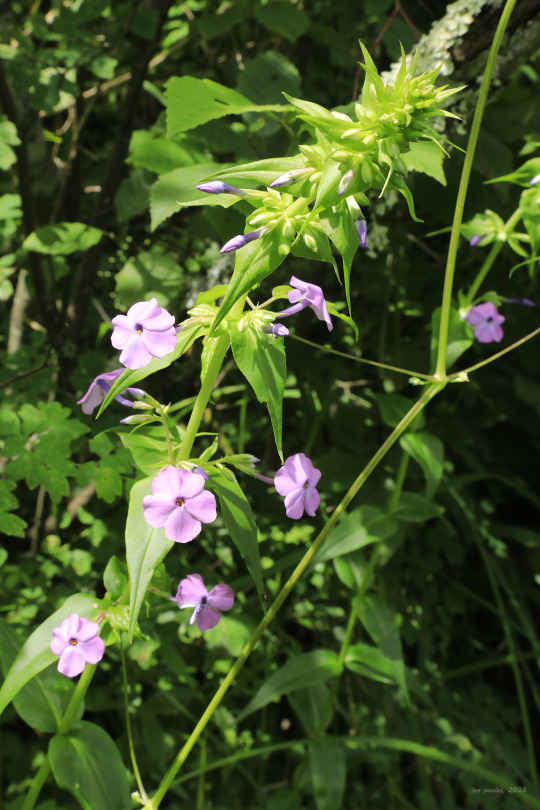

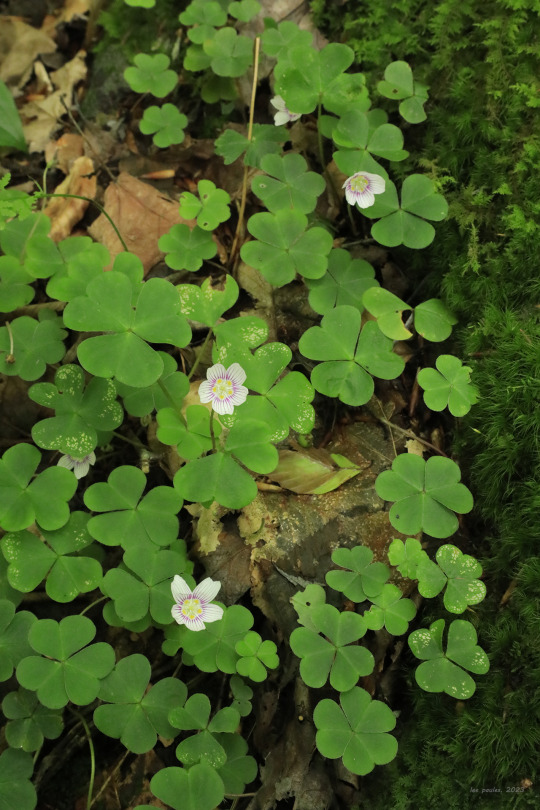

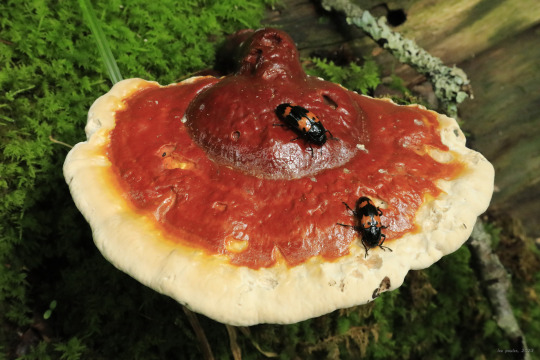


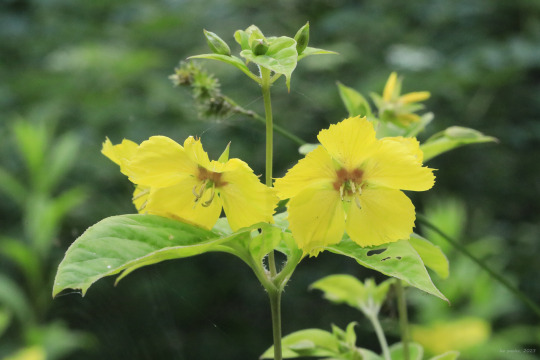
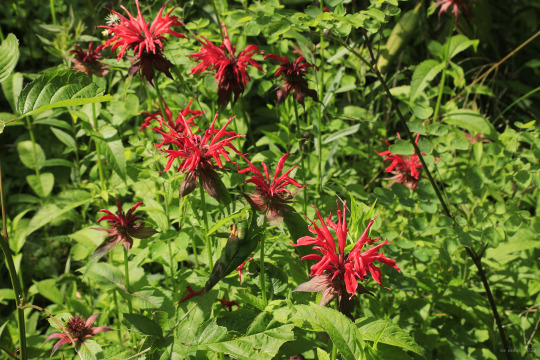
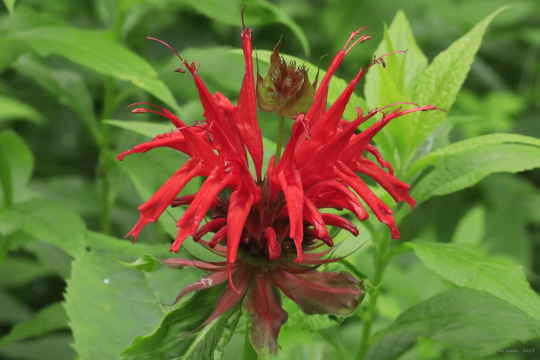
Part 2: Early Summer Wildflower Palooza, Cranberry Glades. During the first week of July, as the orchids are peaking in the bogs and seeps, the first wave of summer wildflowers, including the milkweeds and beebalms, arrives in earnest, bringing a blaze of color to open meadows and bog and forest margins. In the old growth woods of the adjacent Cranberry Wilderness, an array of strange and beautiful fungi sprout from moss-covered logs and the forest floor.
From top: tall meadow rue (Thalictrum pubescens), also known as king of the meadow, a wetlands-loving perennial whose distinctive, cream-colored flowers are composed of thread-like stamens only; meadow phlox (Phlox maculata), also known as wild sweet William and spotted phlox, easily distinguished from other phlox species by its red-spotted stems; mountain wood sorrel (Oxalis montana); a ramp (Allium tricoccum) flower, which emerges in early summer on a leafless stalk, after the foliage has died back; a shiny hemlock varnish shelf (Ganoderma tsugae) assailed by pleasing fungus beetles (Megalodacne), rarely seen because they hide under leaf litter during the day and feed on Ganoderma fungi at night; a lovely colony of crown-tipped corals (Artomyces pyxidatus); the beguiling fringed loosestrife (Lysimachia ciliata), an aggressively-colonizing perennial that makes for a shady ground cover in native wildflower gardens; and that blazingly-beautiful mint, scarlet beebalm (Monarda didyma), whose storied history as a medicinal herb stems from its antiseptic and stimulant properties.
#appalachia#vandalia#west virginia#wildflowers#allegheny mountains#flora#early summer#cranberry glades#monongahela national forest#fungi#insects#beetle#pleasing fungus beetle#tall meadow rue#king of the meadow#meadow phlox#wild sweet william#spotted phlox#mountain wood sorrel#ramp#wild leek#hemlock varnish shelf#crown-tipped coral#fringed loosestrife#scarlet beebalm#oswego tea
89 notes
·
View notes


